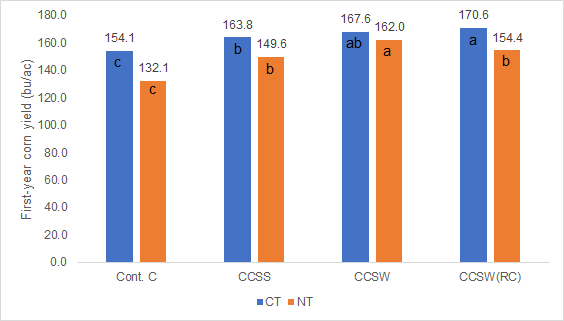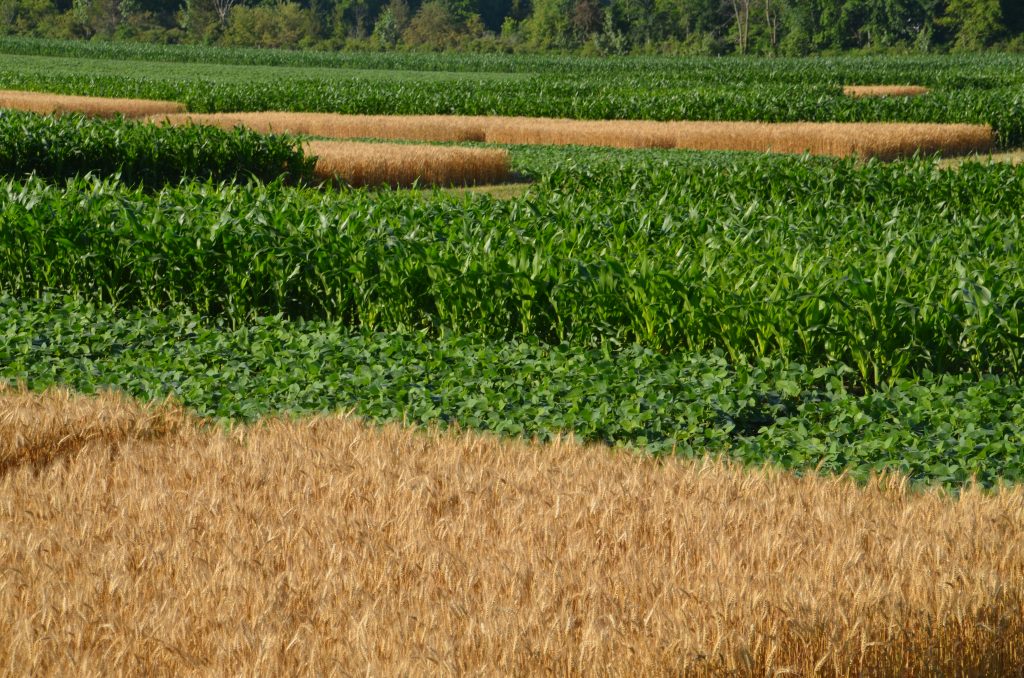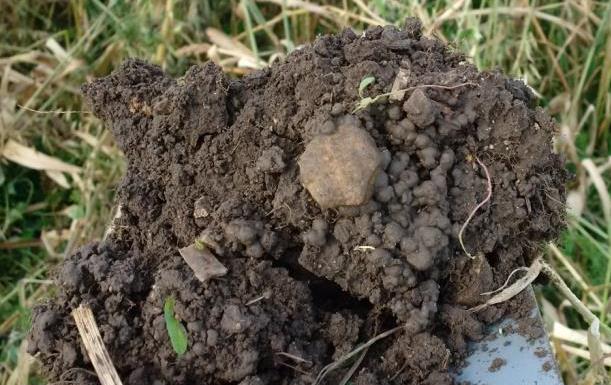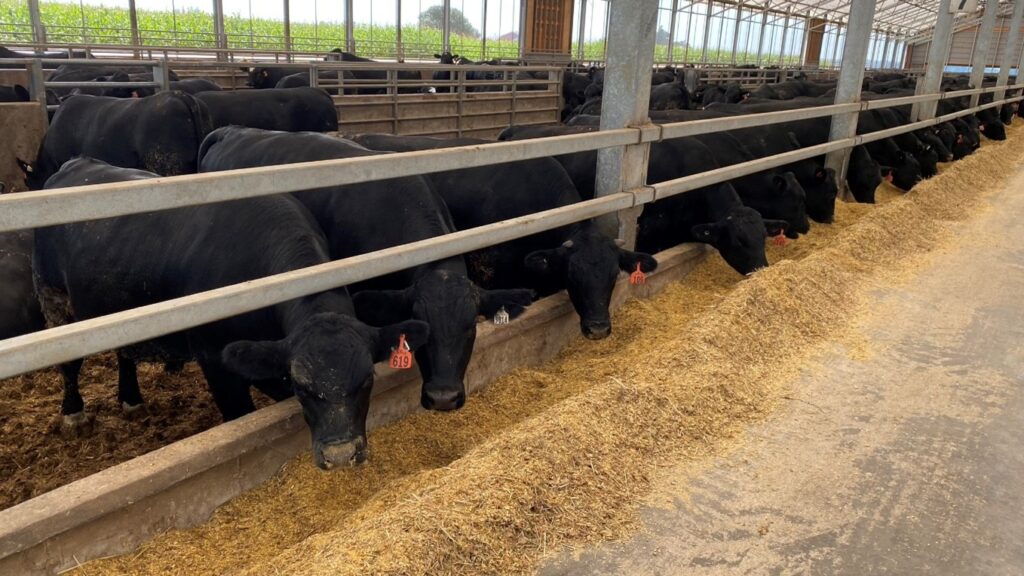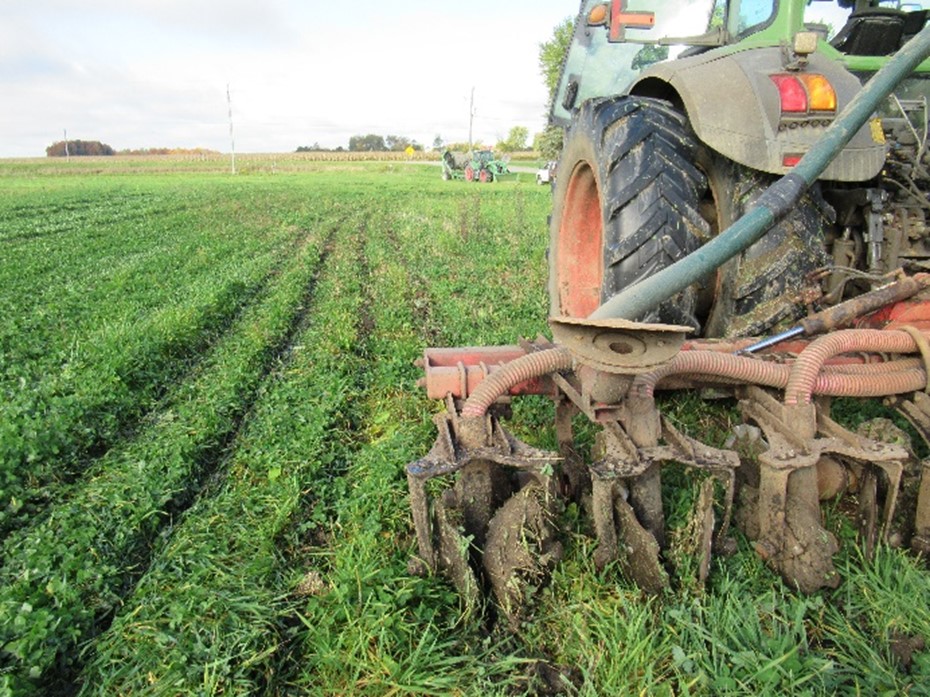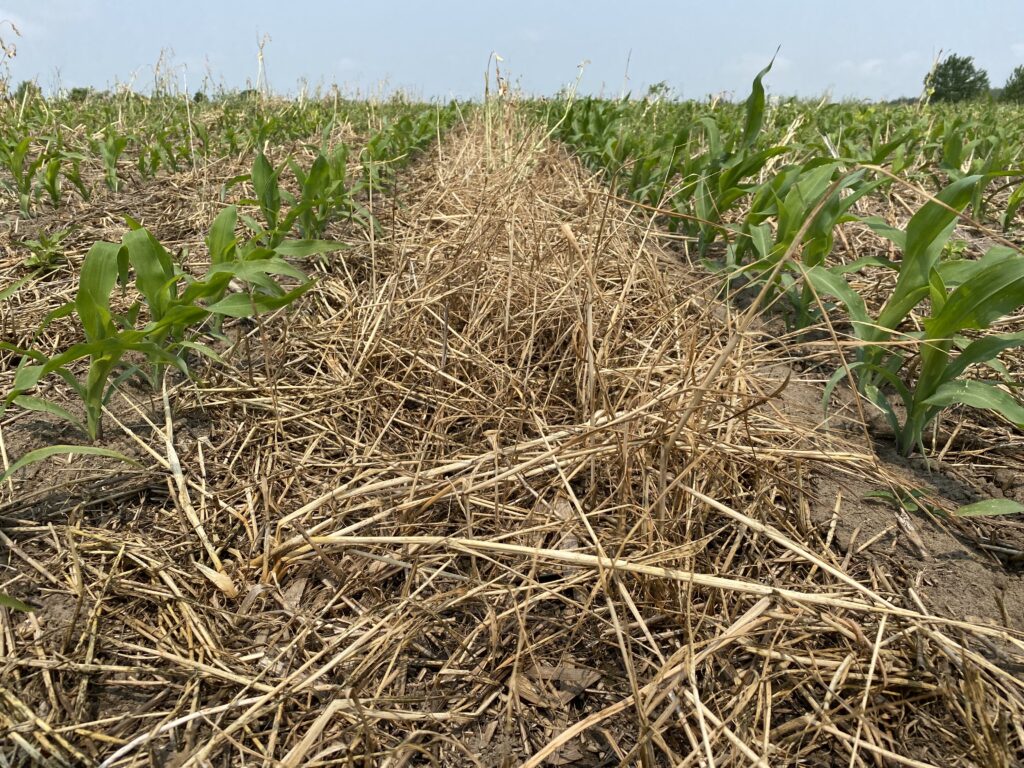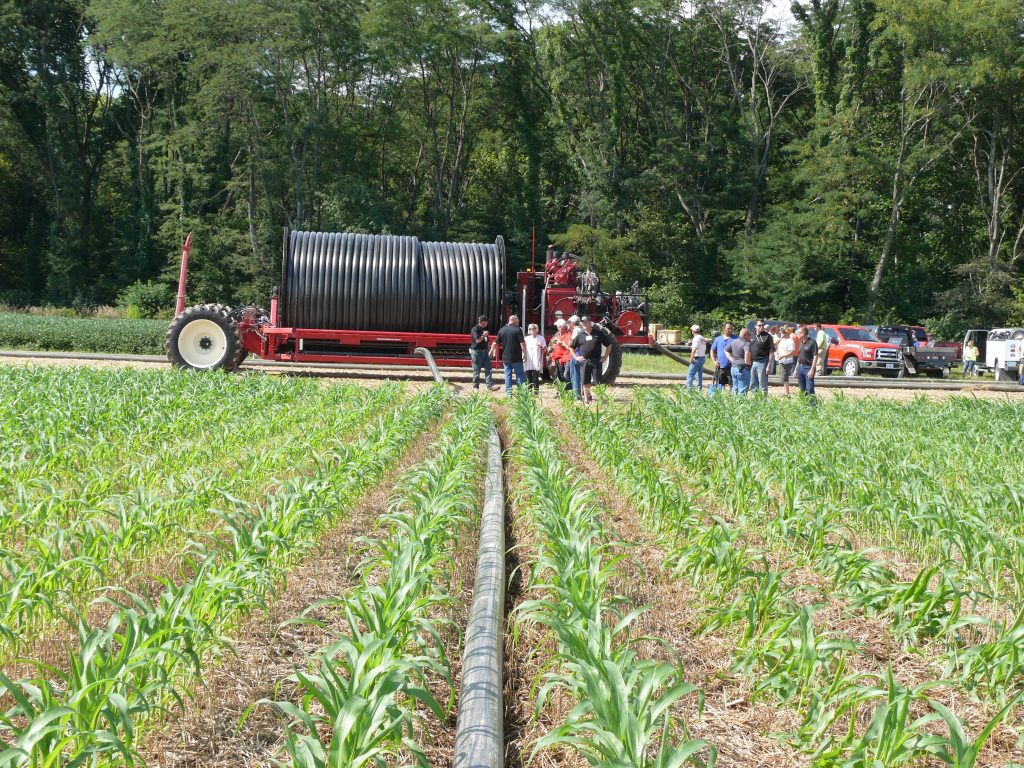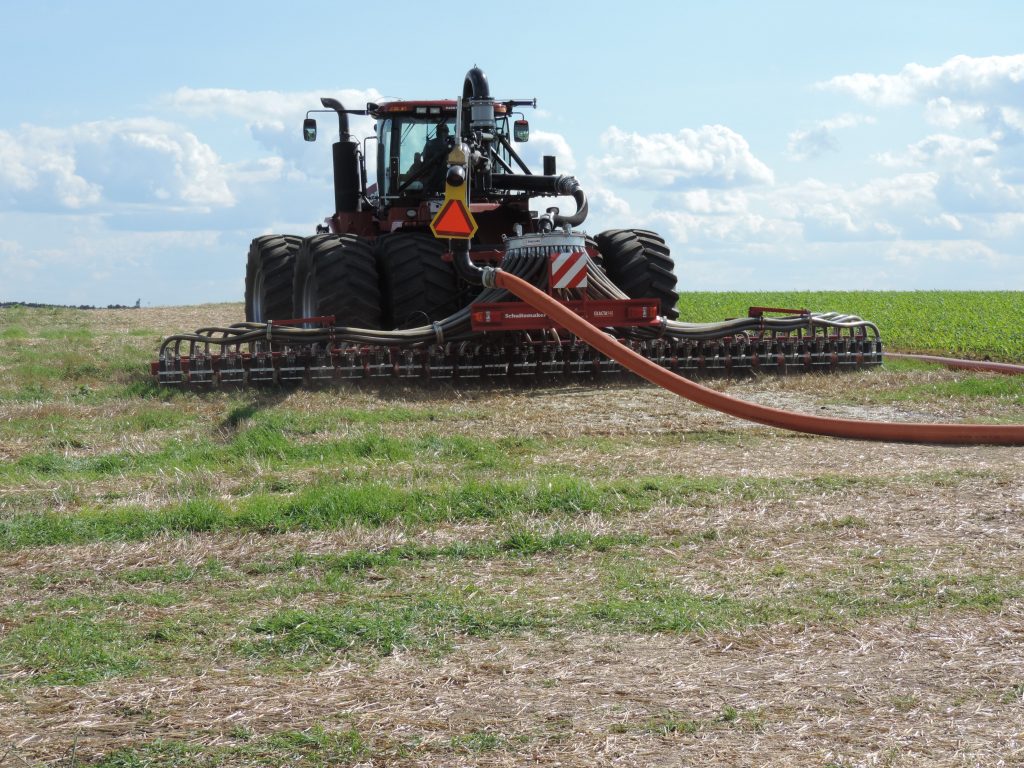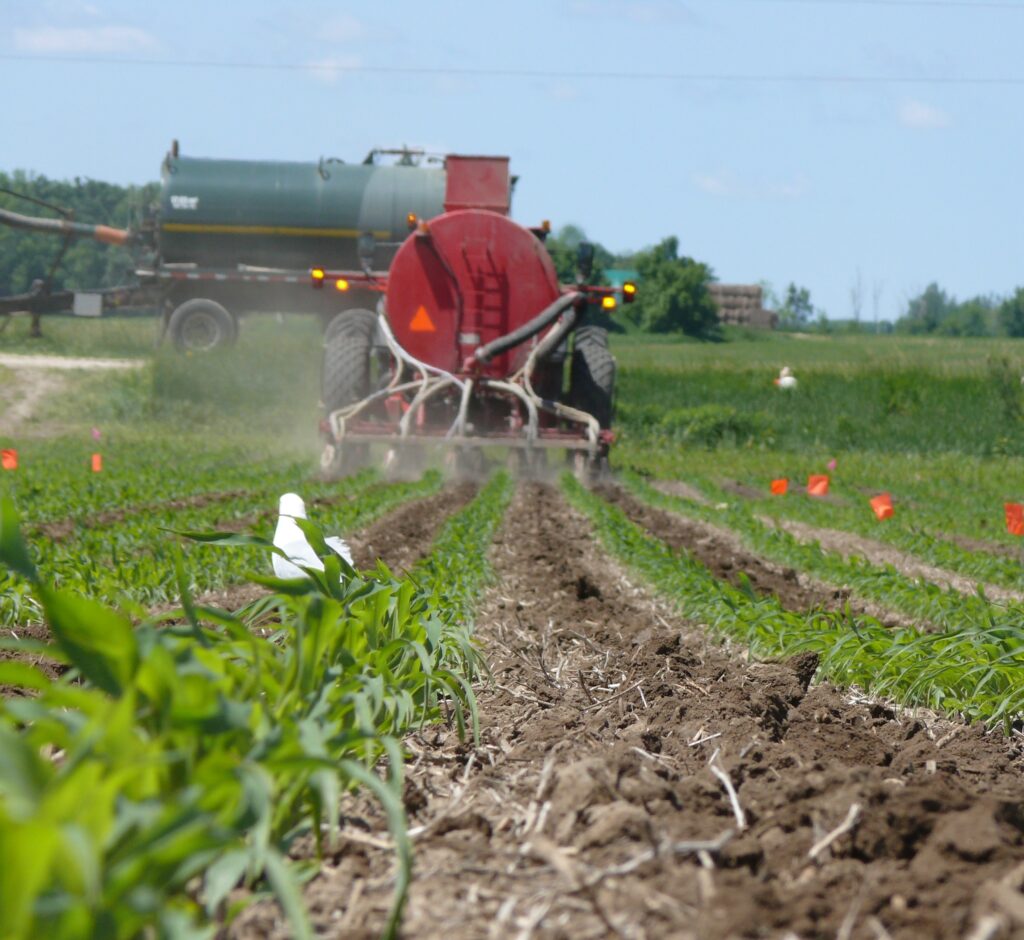Integrating Cover Crops into the Rotation
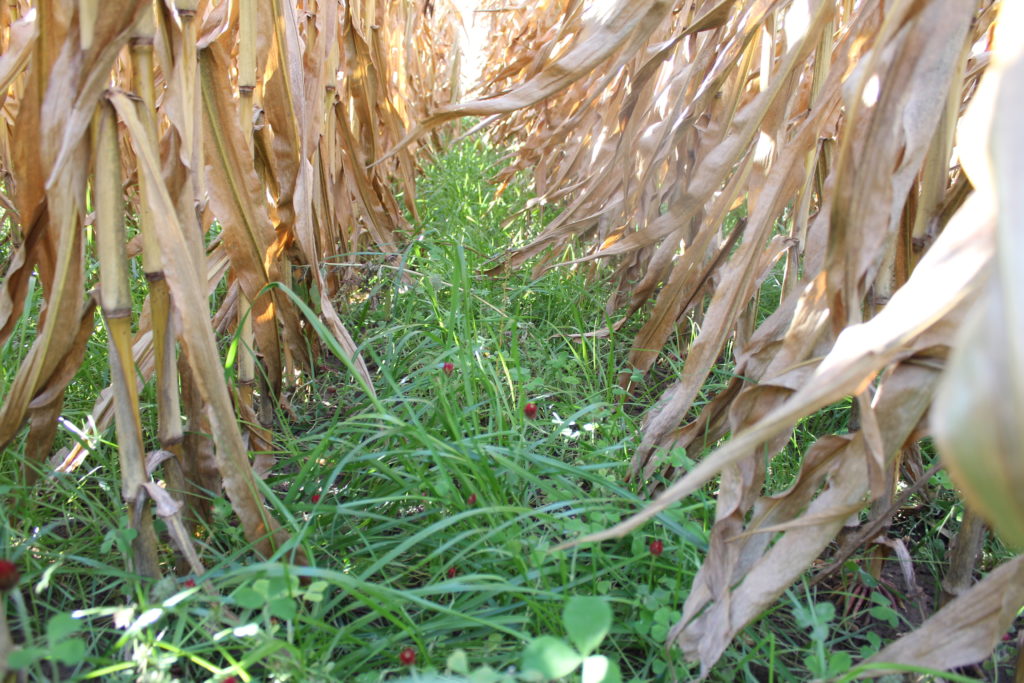
Resilient crop yields can be maximized by improving soil health, which is enhanced with cover crops. Long-term advocates have found that adding cover crops to their rotation adds a critical amount of additional carbon to the soil. Cover crops should be considered as part of the overall crop rotation, and especially on soils with lower […]
